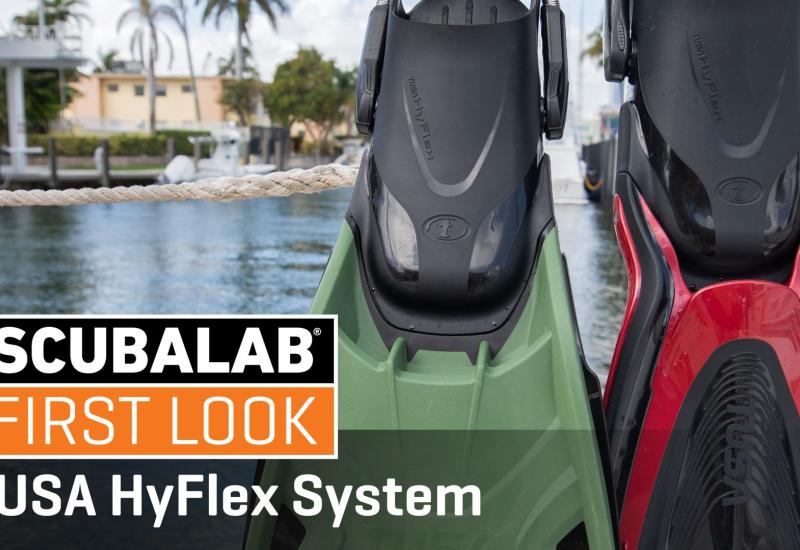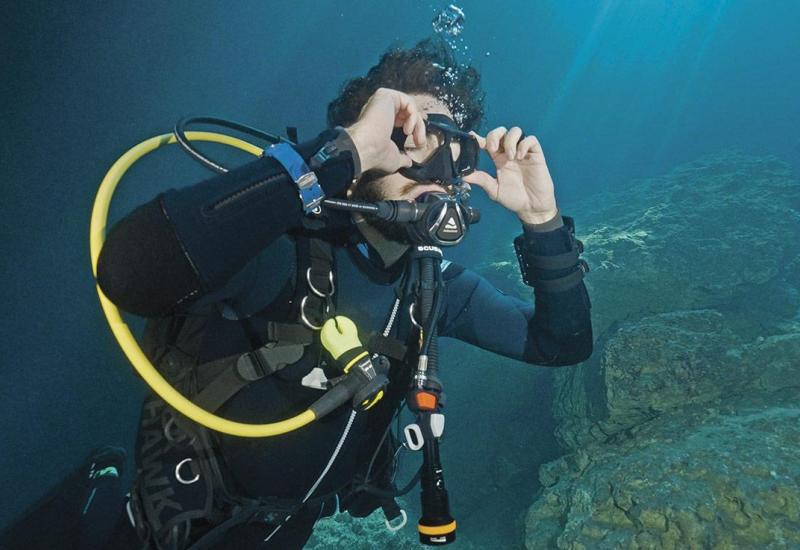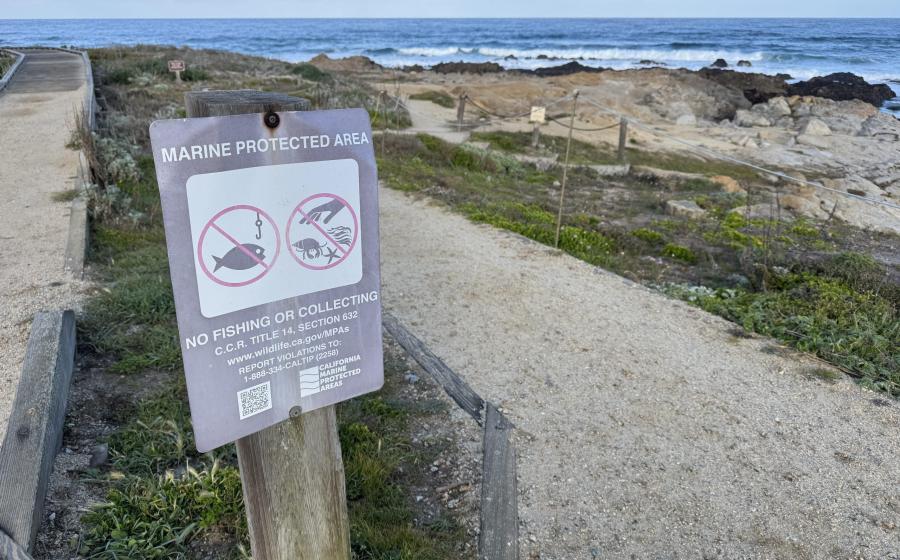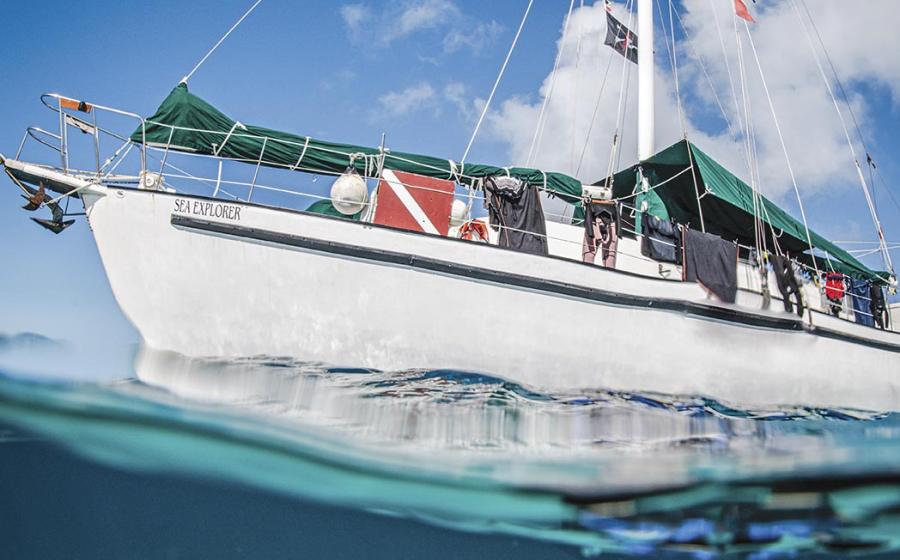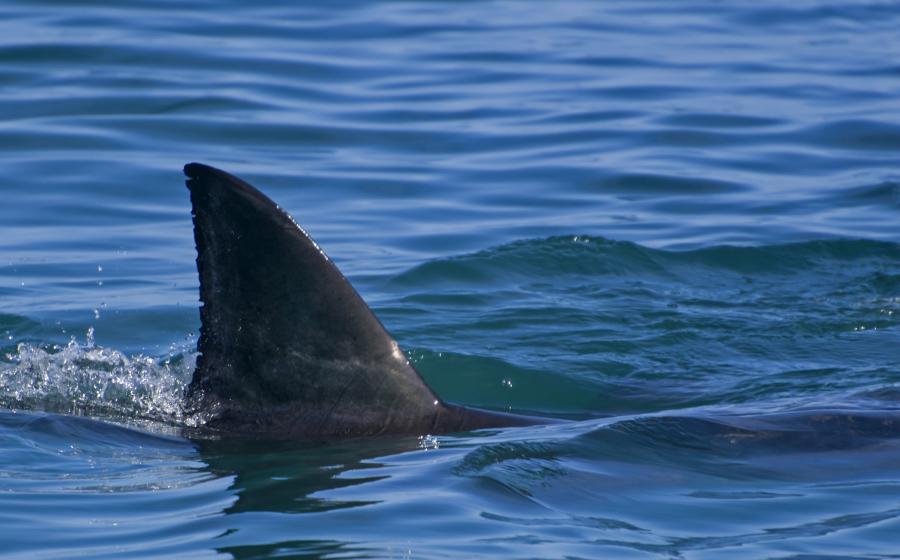8 Must-Have Items to Pack for a Liveaboard Trip

Brandi MuellerGuests dry their wet exposure suits, towels and clothing aboard a Blackbeard’s Cruises liveaboard.
Seasoned travelers often pride themselves on how little they pack. That may work for a week touring europe, but it might not be the best bet for a week stay or longer on a dive liveaboard. In these often remote destinations, having the right gear and extras can make your trip more enjoyable and hassle-free, and could be the difference between blah and best trip ever.

Courtesy ScubaproPros suggest bringing a spare mask and extra backup gear in case anything breaks during your trip.
1 Backup Gear
If you plan to bring your own dive gear, it’s a good idea to have your BC and regulator serviced at least a month before your departure date and replace the battery in your dive computer. You may also want to bring a few pieces of backup gear in case anything breaks during your trip. “I always suggest talking to the liveaboard staff and finding out what they have available, such as regs or BCs, in case you have a problem,” says Becky Kagan Schott, underwater photographer and group trip leader through her company, Liquid Productions.
Mask straps, fin straps and high-pressure hoses are worth toting along in case of a gear emergency. Perhaps even more crucial is a spare mask. Schott, while suited up in dive gear, once accidentally sat down on the dive boat—and heard a crushing noise. “It sounded like marbles scattered across the floor. I asked, ‘That wasn’t my dive mask, was it?’”
It was, and she spent that next dive annoyed, relying on a backup that wasn’t her own. “Now, I always bring two of my favorite masks,” she says.
Related Reading: The Best Dual-Lens Scuba Masks Reviewed
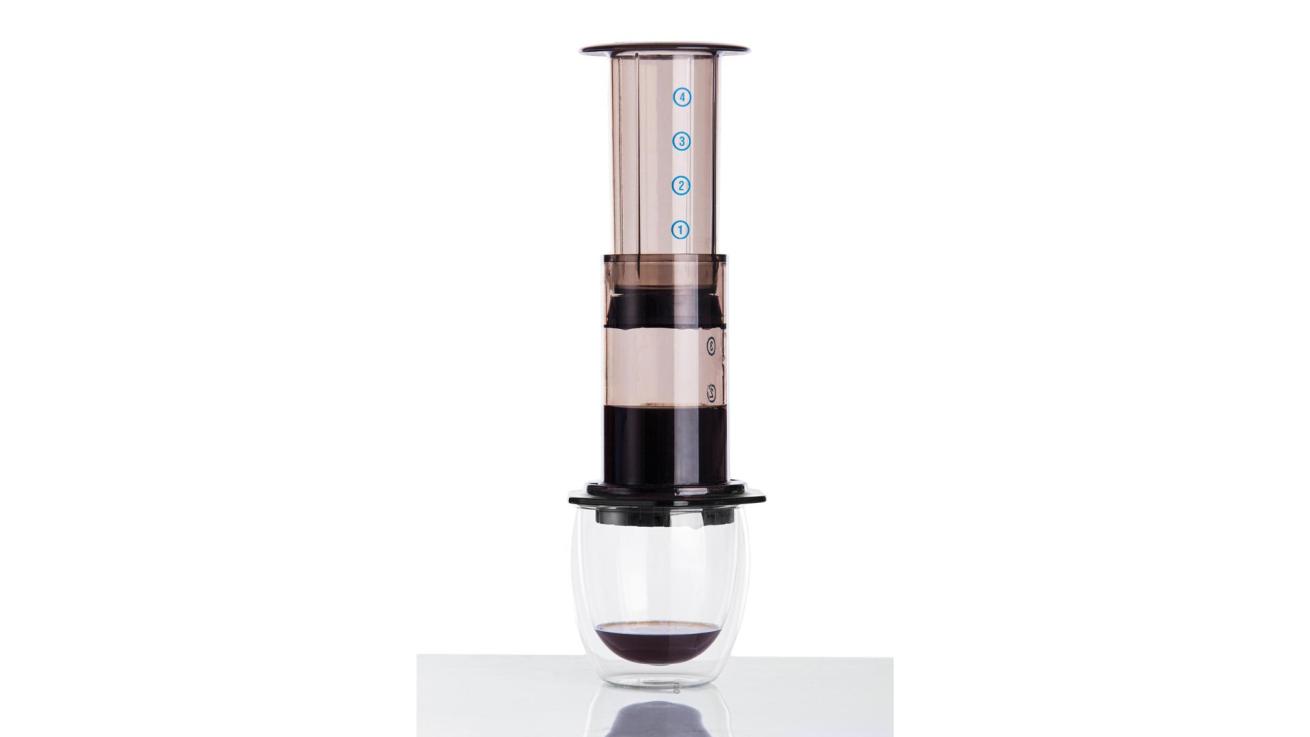
ShutterstockCoffee fanatics may want to bring their own coffee or coffee makers, like an AeroPress.
2 Coffee
All liveaboards have hot water and coffee, but it’s possible their brew won’t match your palate. Instant coffee packets have come a long way. Experiment with a few at home and find one that meets your standards. They are small and easy to stash in your luggage. Nondairy milk drinkers may want to bring a bag of powdered coconut milk, or allow time the day before boarding to stop by a grocery store and pick up a few boxes of plant-based milk.
“As a coffee addict, I like to bring my own, just in case,” says PADI Instructor and boat captain Brandi Mueller. She packs a travel-friendly collapsible kettle as well as a pour-over coffee maker, some filters and enough coffee to last the length of the trip.
Another good option is the AeroPress, which, with the necessary accessories, is just 7.75 ounces.
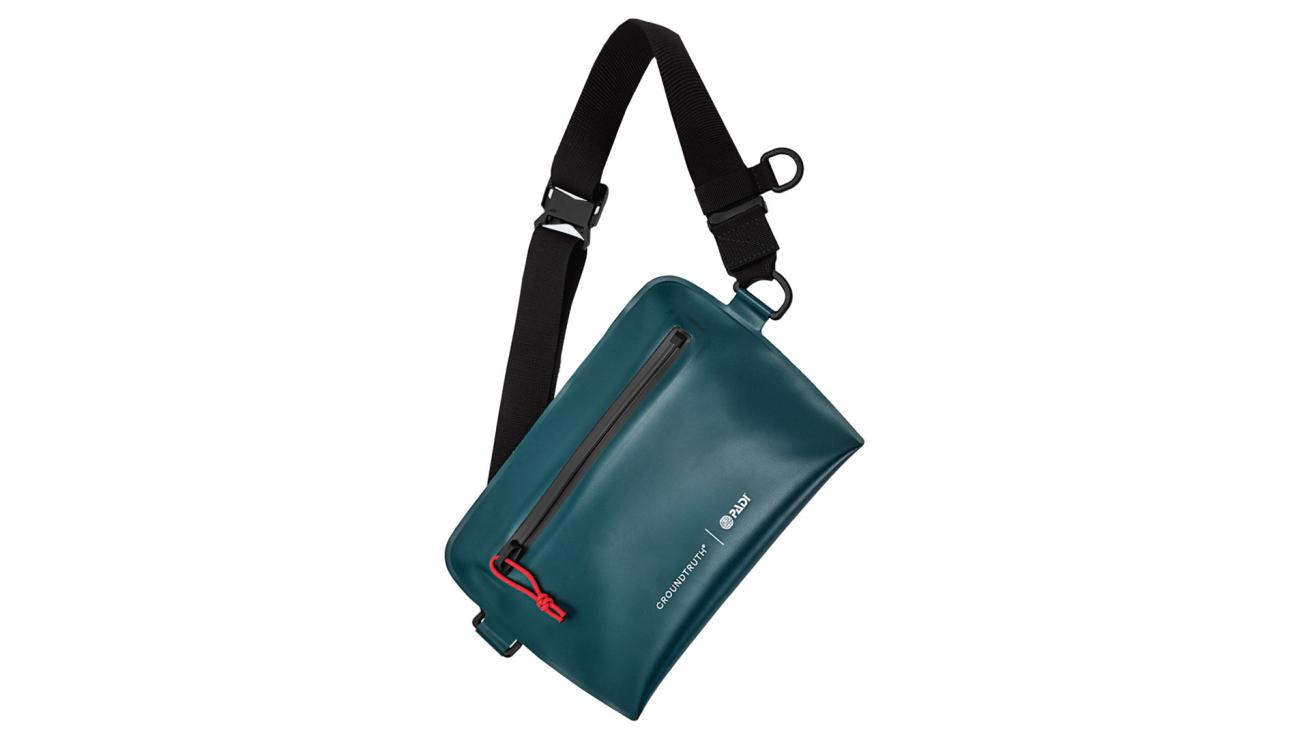
Courtesy GroundtruthA small dry bag is perfect for keeping your essentials close by and dry while onboard or during an offshore excursion.
3 Small Dry Bag
A small dry bag is a must for the dive deck of the mothership.
“It’s perfect for keeping essentials like my phone, sunglasses and a small towel dry and close by,” says Micaela Laboureau, of PADI Travel.
Something small like a hip pack or a 3-liter bag works well. However, opt for a backpack-style dry bag and it doubles as the perfect tote for off-boat excursions—most of which start via dinghy.
Related Reading: Best New Dive Gear May 2025
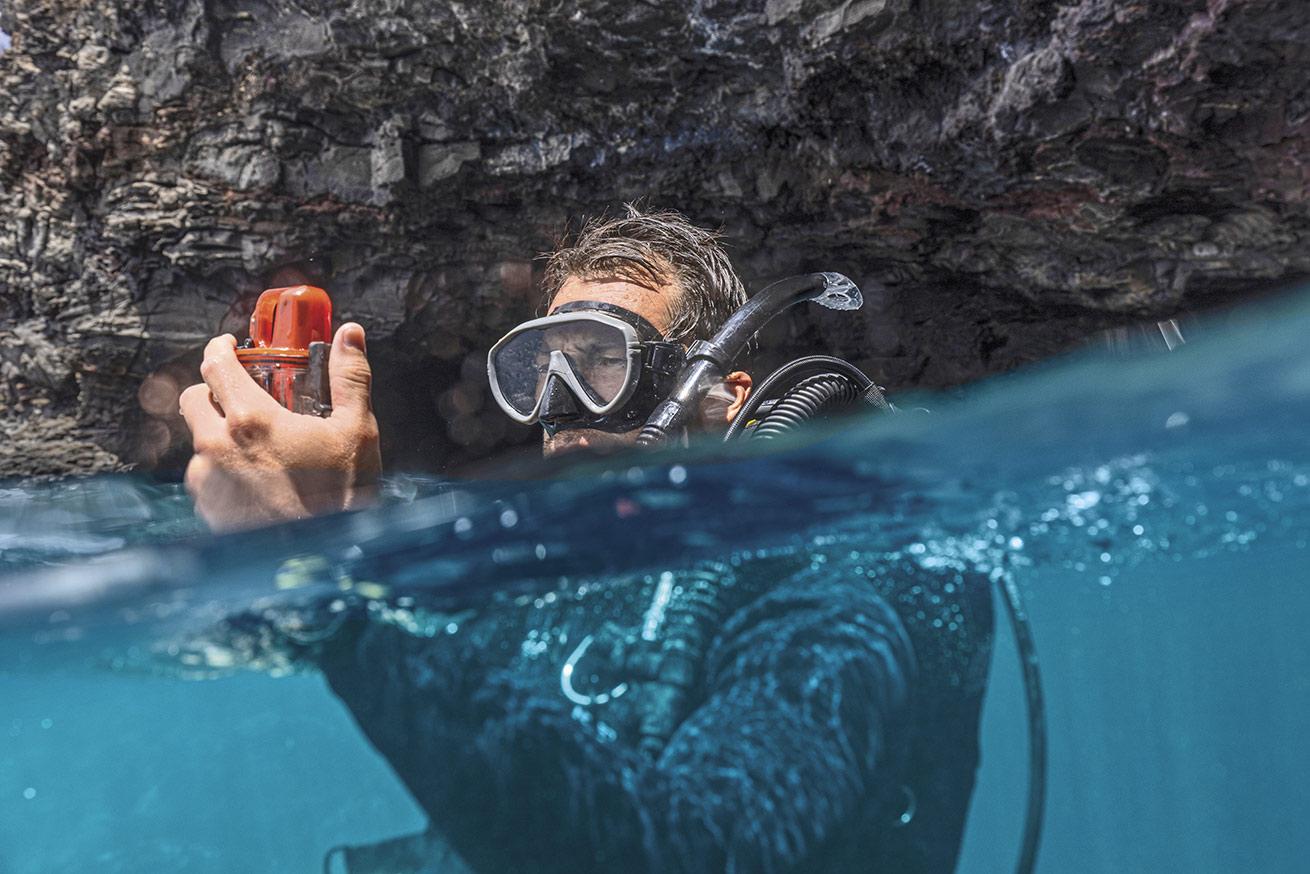
Courtesy GarminSatellite communicators like Garmin’s inReach Mini 2 are good to bring along for peace of mind.
4 Safety Gear
Nobody likes to think about unsafe scenarios, but the more one travels, the more these situations come to mind. “I’m a big believer in analyzing tanks for carbon monoxide,” says underwater photographer Becky Kagan Schott, who brings her own analyzer to test for this noxious gas.
A personal locating device worn during dives is a great idea for more remote destinations with strong currents, such as the Galapagos or Indonesia. Check with your liveaboard, as some provide one free during the week. If not, investing in your own, such as a Nautilus LifeLine marine GPS, can be wise.
Schott also packs a Garmin inReach Explorer or inReach Mini. These can be used to call for help in a worst-case scenario. “You can also use it to stay in touch with family from the boat,” she says. With a lot of this emergency and backup gear, she says, “I would much rather take it to the ends of the world and not need it than need it and not have it.”

Powerstrips with a variety of outlets help simplify your charging needs.
5 Power Strips
Photographers will want to bring their own power strip. “This really helps with limited space and ensures your items will have a spot for charging,” says underwater photographer Tanya Burnett. She recommends power strips with a mix of outlets: standard, USB and USB-C plugs. Many liveaboards have standard U.S. outlets, but it’s a good idea to check ahead of time. Remember to charge only in authorized areas and monitor your devices while they’re plugged in.

ShutterstockWhile some liveaboards offer hooks to their guests, it is great to have your own personalized hooks or clips for hanging gear to dry.
6 Clips and Hooks for Wet Gear
One of the only downsides of five dives a day is trying to dry swimsuits and other clothing quickly enough before it’s time to suit up again. Tanya Burnett, a veteran underwater photographer who leads group trips through her company Island Exposure, recommends bringing large clips to hang gear on lifelines. “I also put my name on them so someone doesn’t mistake them for general use,” she says.
Related Reading: Top Editing Software and Tools for Underwater Photographers
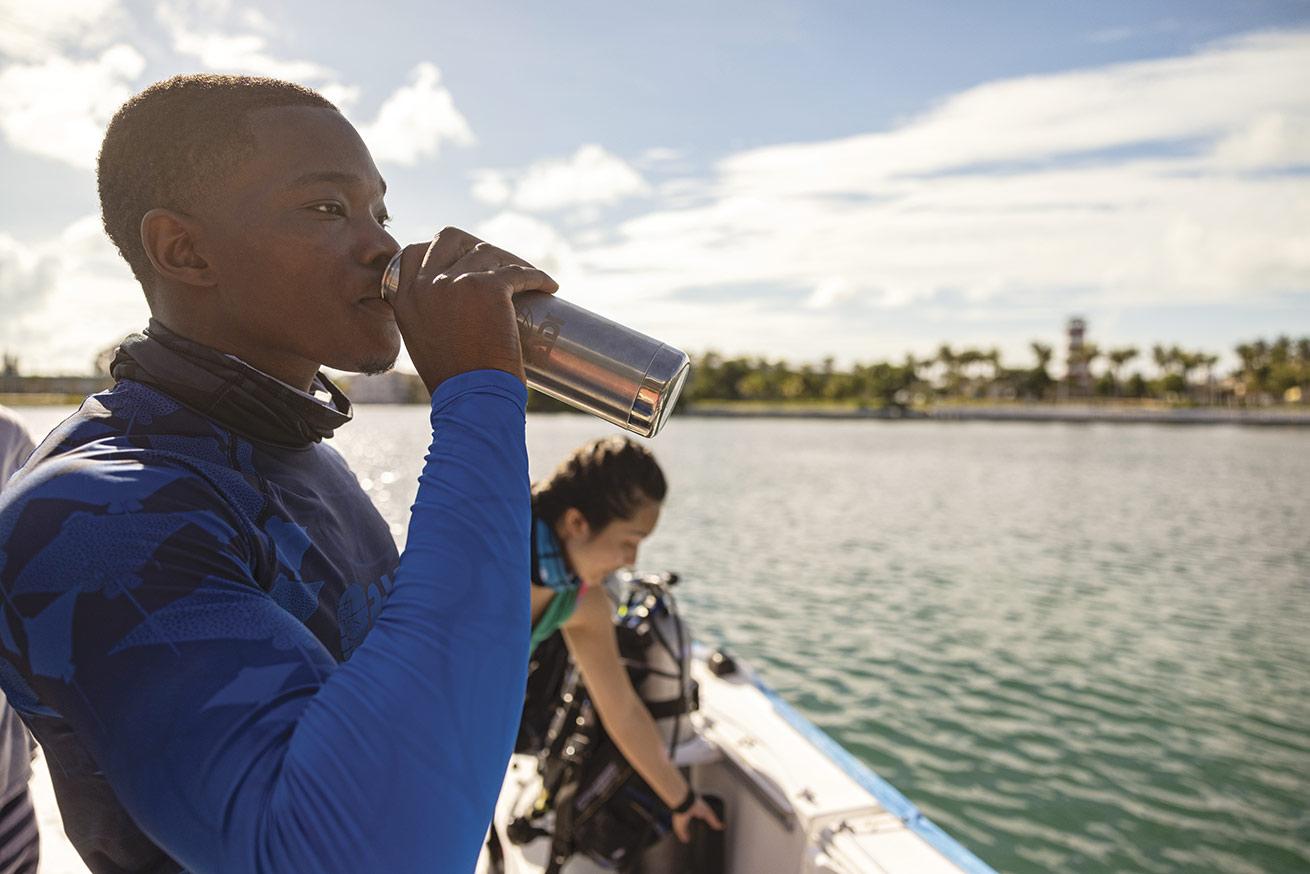
PADIStaying hydrated between dives is crucial. Make sure to bring a reusable water bottle and consider electrolyte tablets.
7 Peak Hydration
Hydration is key, but it can be a challenge to keep up when diving.
“Breathing compressed air also dries us out, and most diving occurs in locations warmer than we may be used to,” says Brandi Mueller, a PADI Instructor, boat captain and author of the book Underwater Museums, about World War II wrecks in the Pacific.
“To compensate, I usually start my dive and travel days with a large bottle of water with some sort of electrolyte in it.”
Electrolyte additives come in the form of dissolvable tablets, such as those made by the brand Nuun. Other brands, such as LMNT, sell small packets of powder that easily dissolve in water. A bonus: These mixes help disguise the metallic taste that drinking water on liveaboards sometimes has.
Another option—cheaper but perhaps not as universally palatable—is pickle juice. Mark Rackley, a Florida-based underwater cinematographer, swears by it. As someone who often spends most of the day going hard to get the shot, Rackley tends to get cramps. Pickle juice doesn’t need refrigeration, and he says it “knocks the cramps right out.”
“In the water, you’re using three times the energy you normally do,” Rackley adds. So pay attention to the liquids you’re losing.
Of course, you should also remember to bring a reusable bottle to cut down on single-use plastic waste on board.
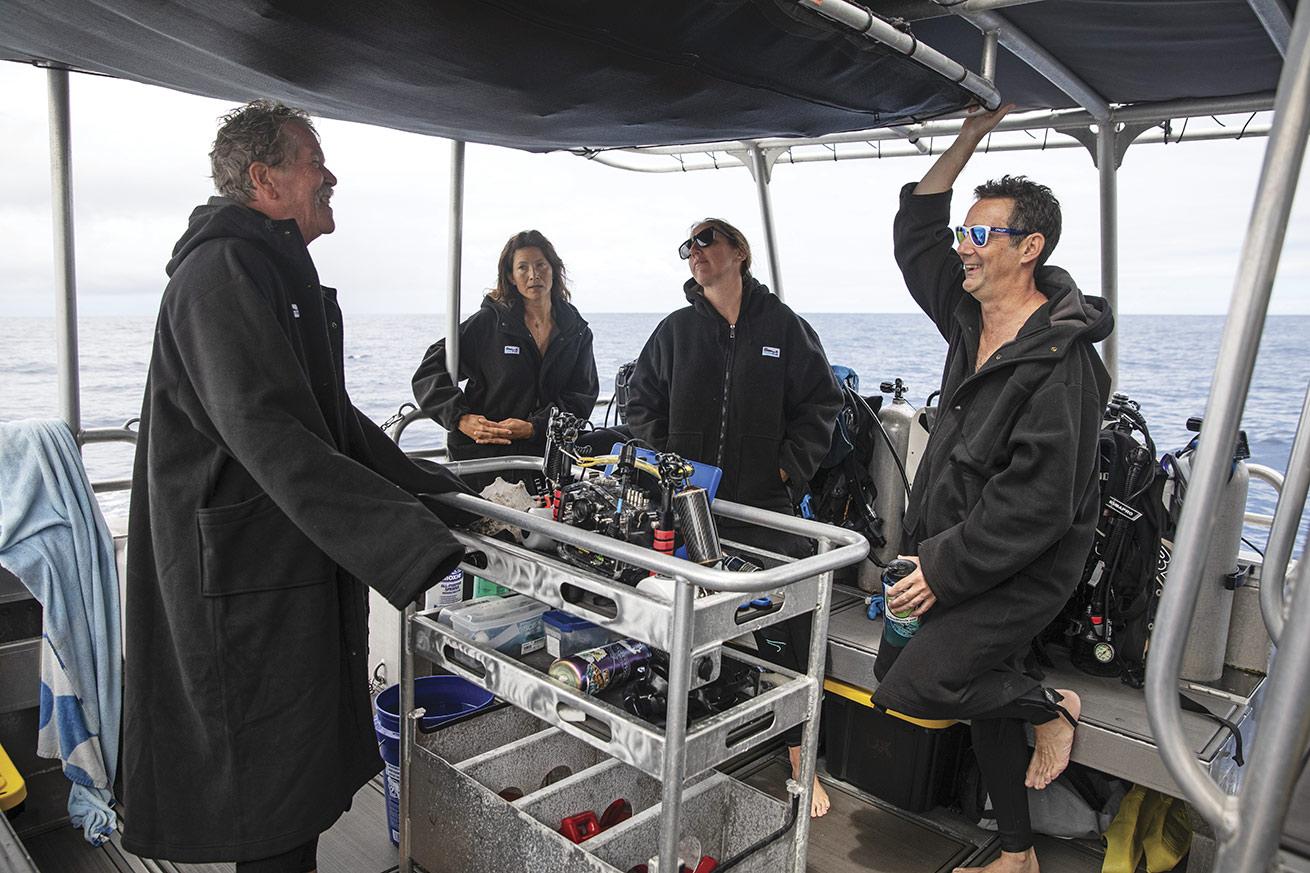
Courtesy Surf FurIf you are heading to a windy or colder destination, boat coats are perfect to wear between dives.
8 In-Between Dive Clothing
There’s always the question of what to wear in between dives. Running shorts, quick-dry athletic shirts and sarongs work well. So, too, does a jacket.
Mark Rackley, an underwater cinematographer behind the upcoming Dancing with the Sharks series on the Discovery Channel’s 2025 Shark Week, swears by Surf Fur.
The brand makes an unlined jacket that works well for sun protection in warm climates, as well as a fleece-lined version. “It’s a long jacket that wraps around you and keeps you warm the second you get out of the water,” says Rackley. “It’s one of my most valuable pieces of equipment.”


